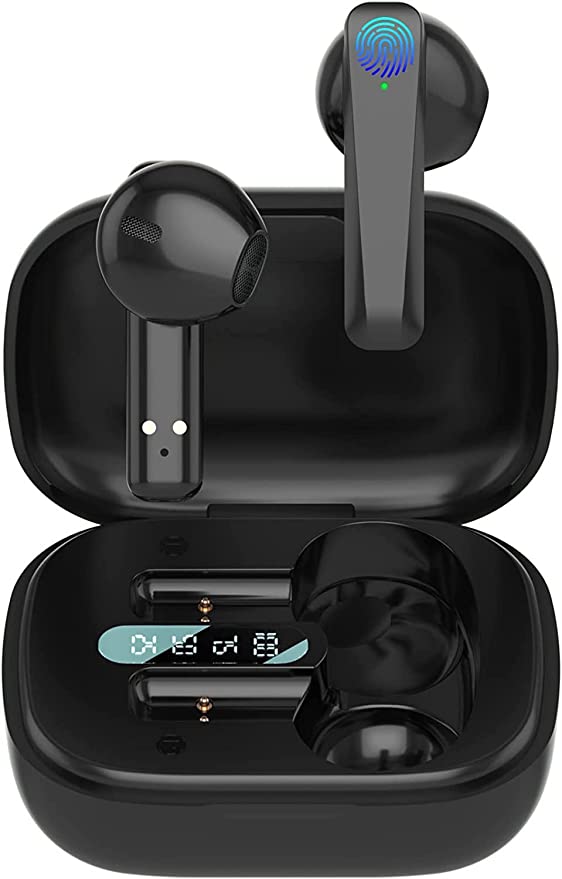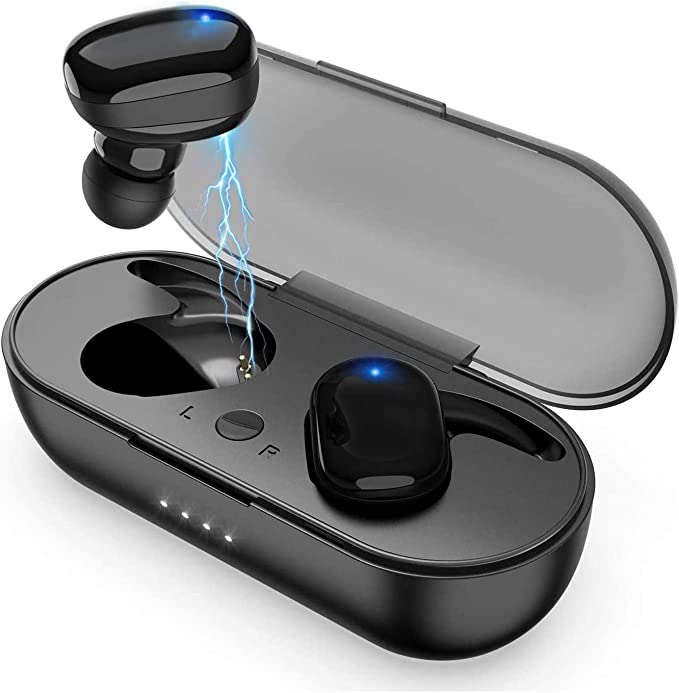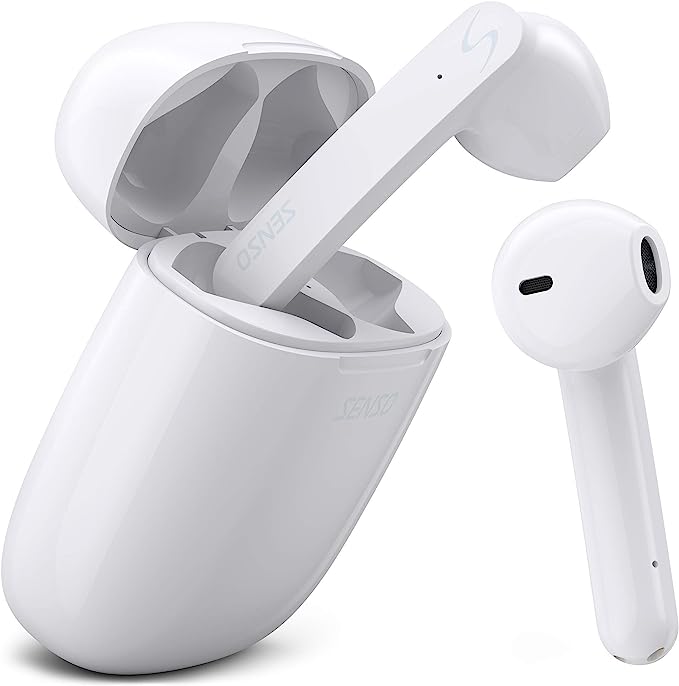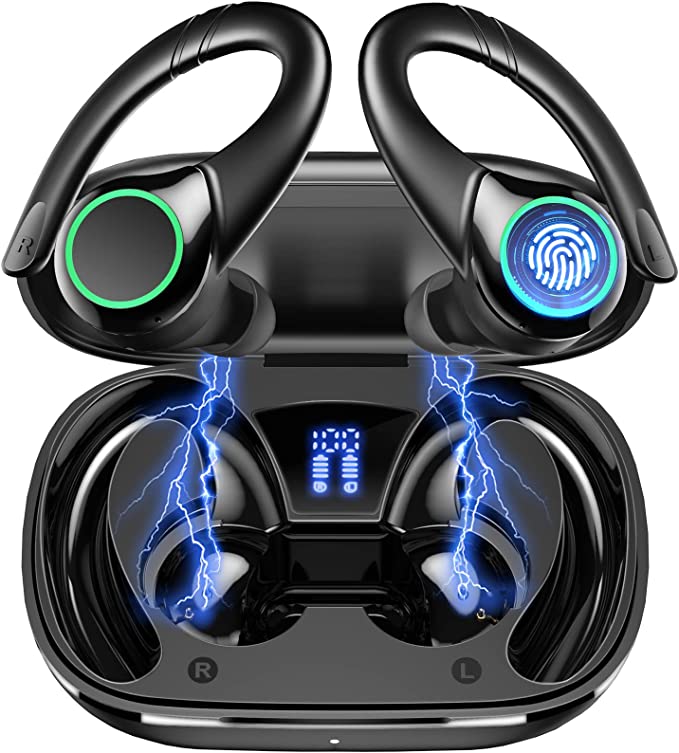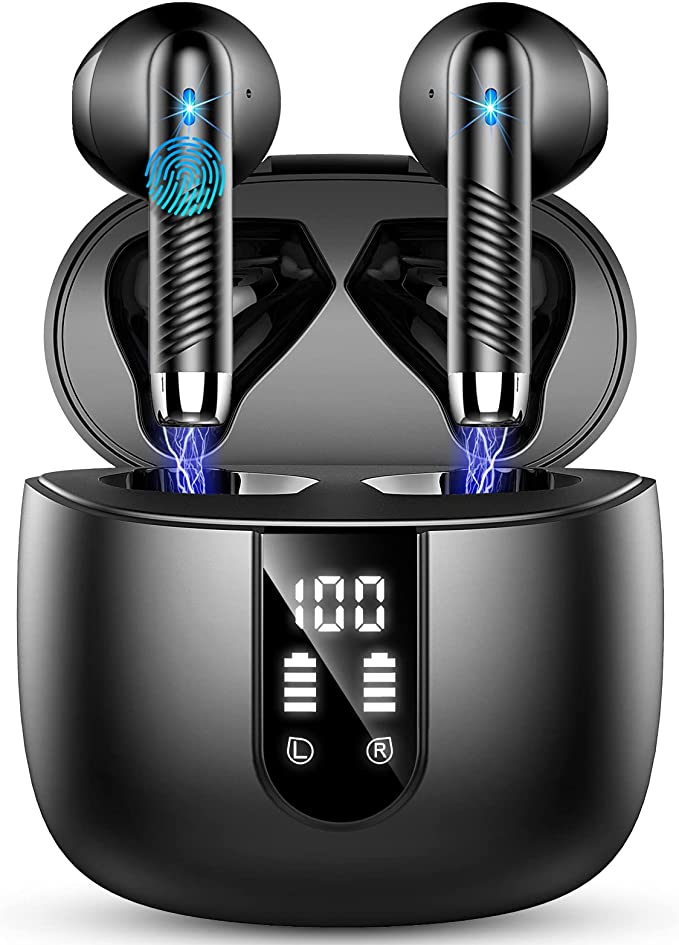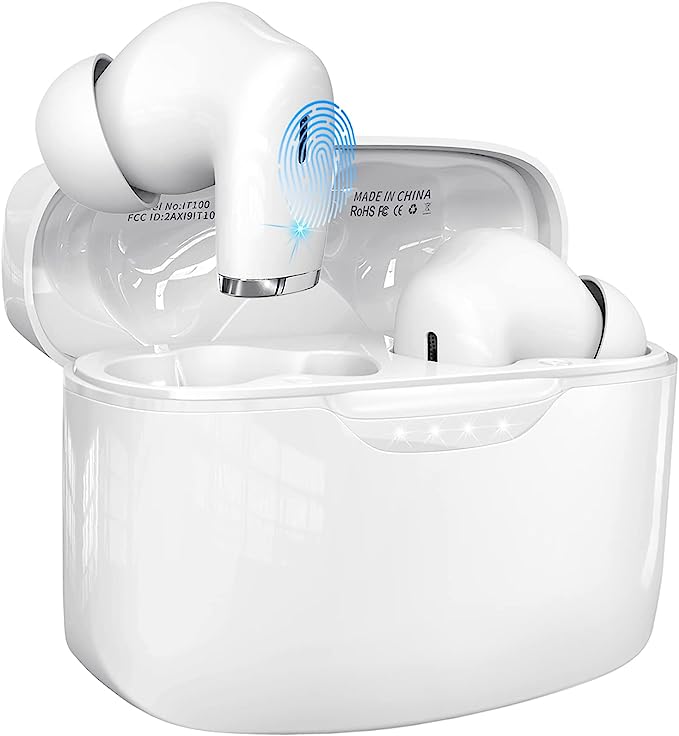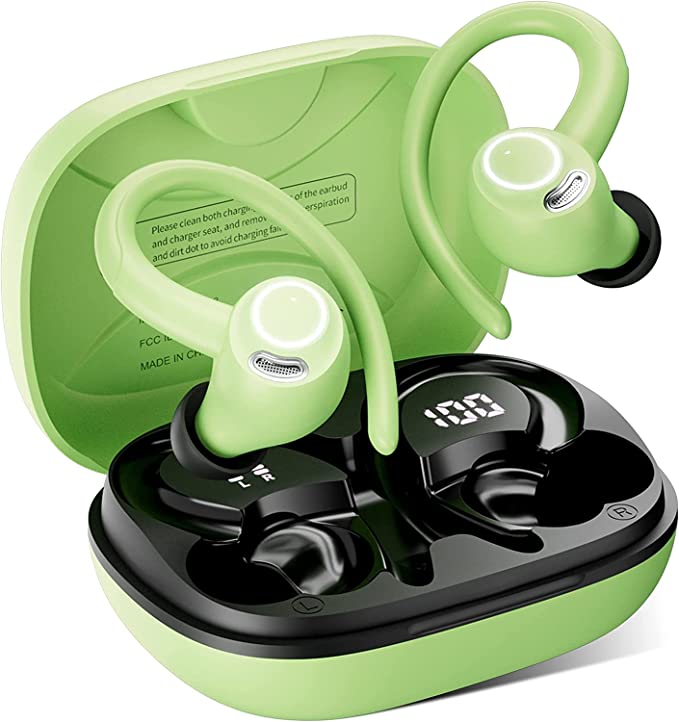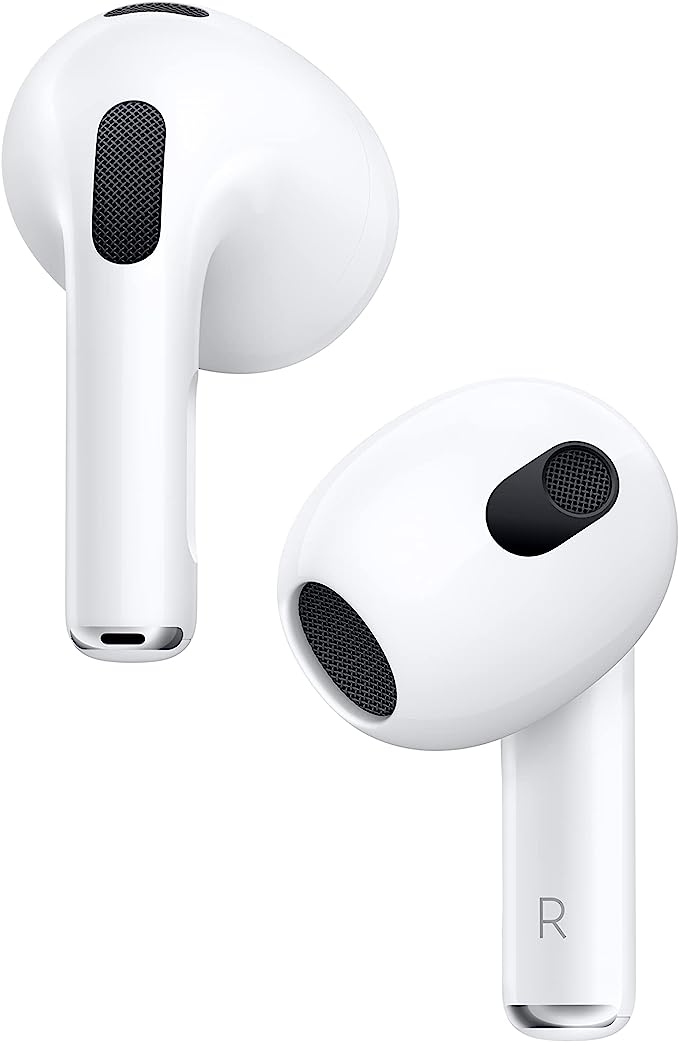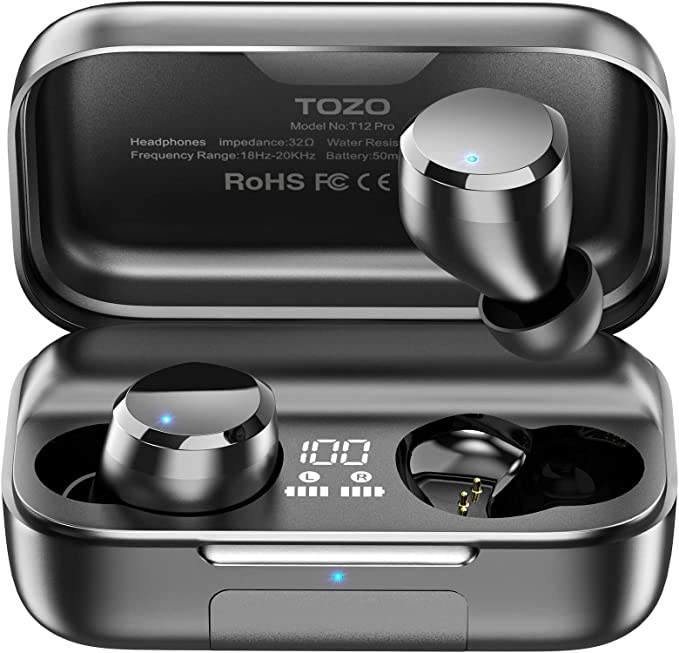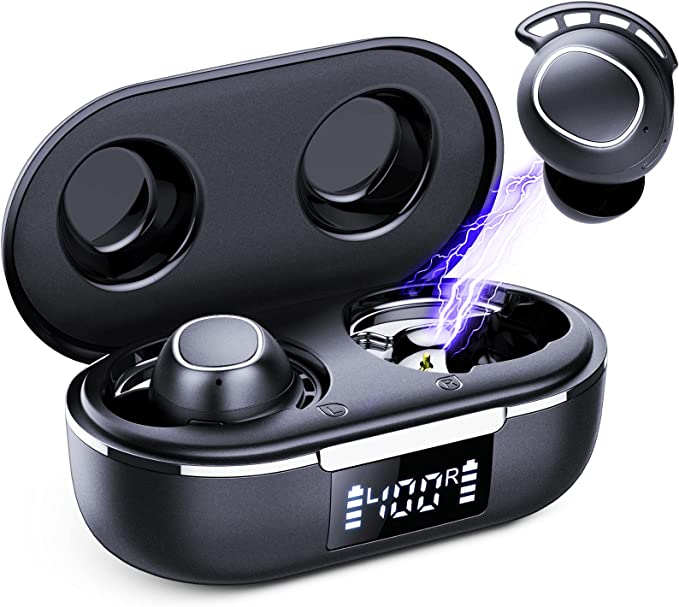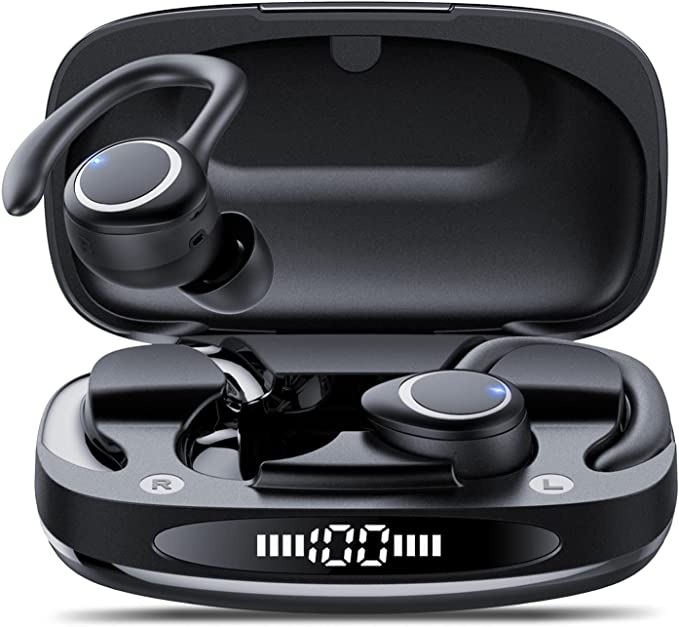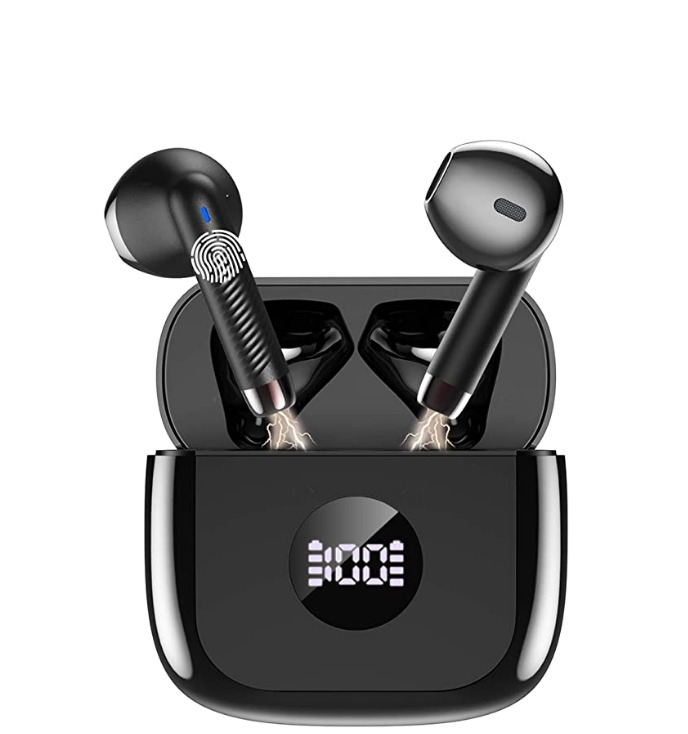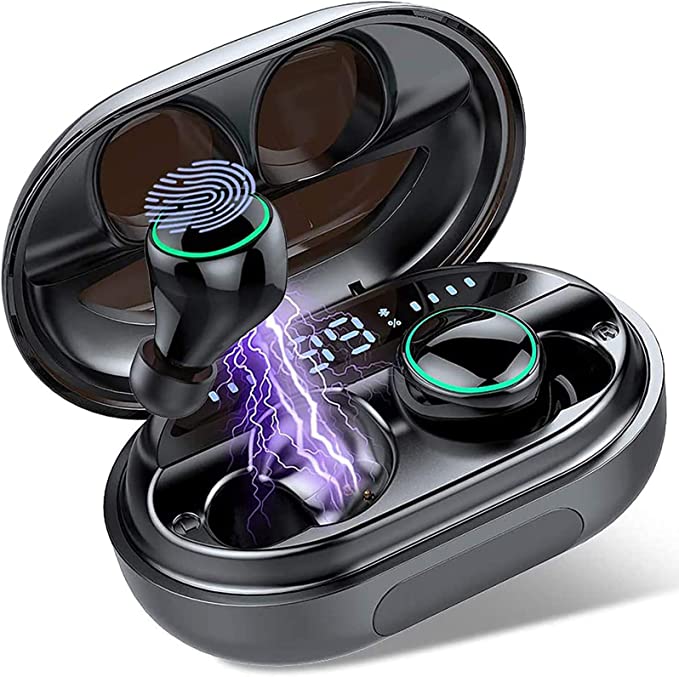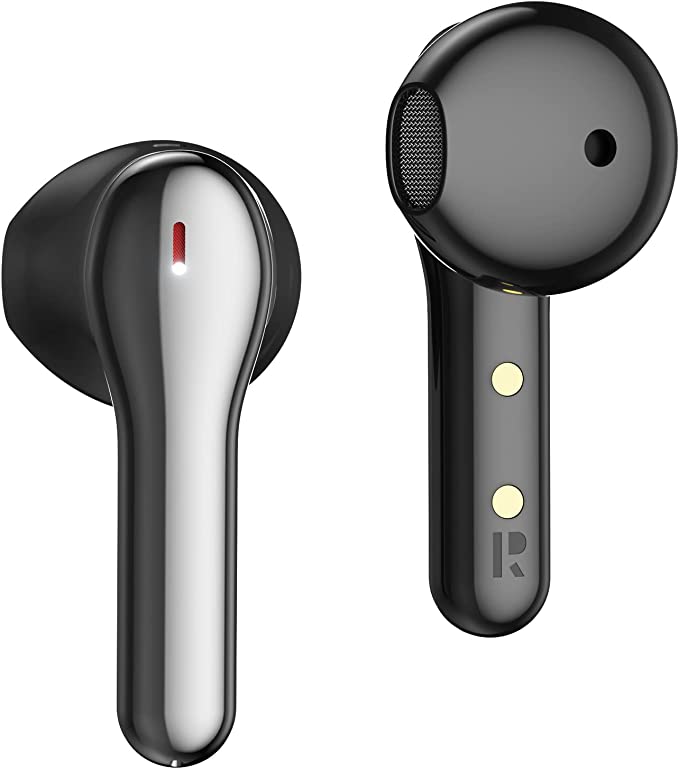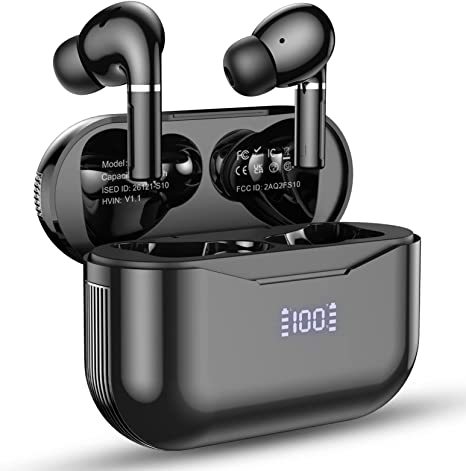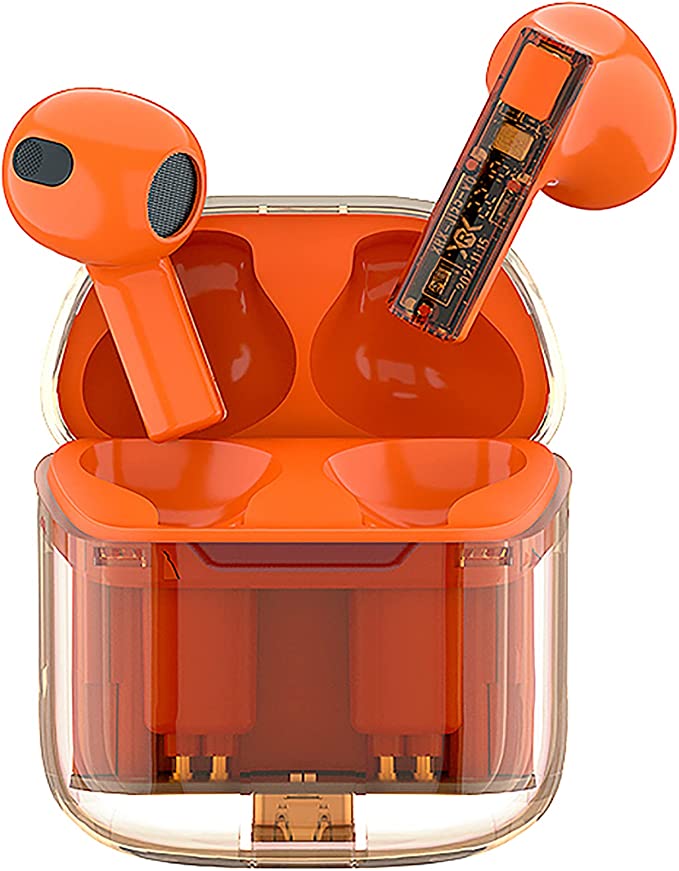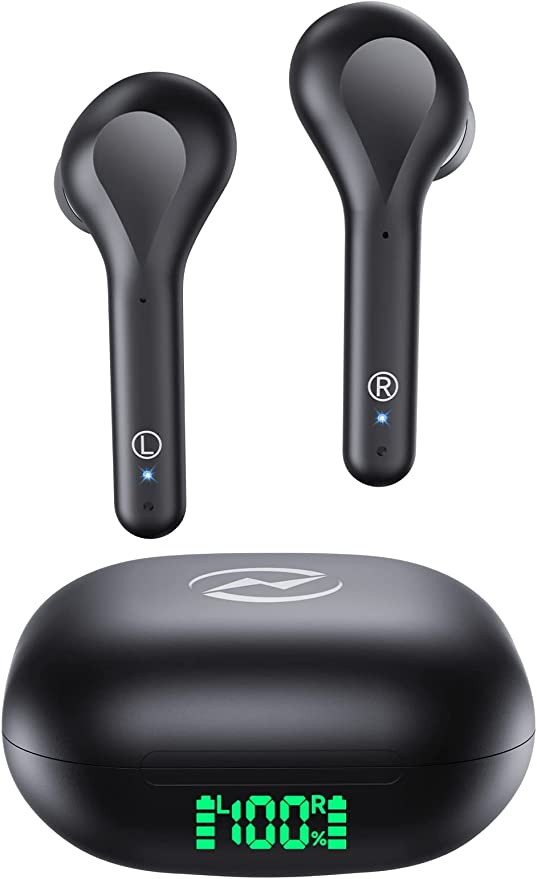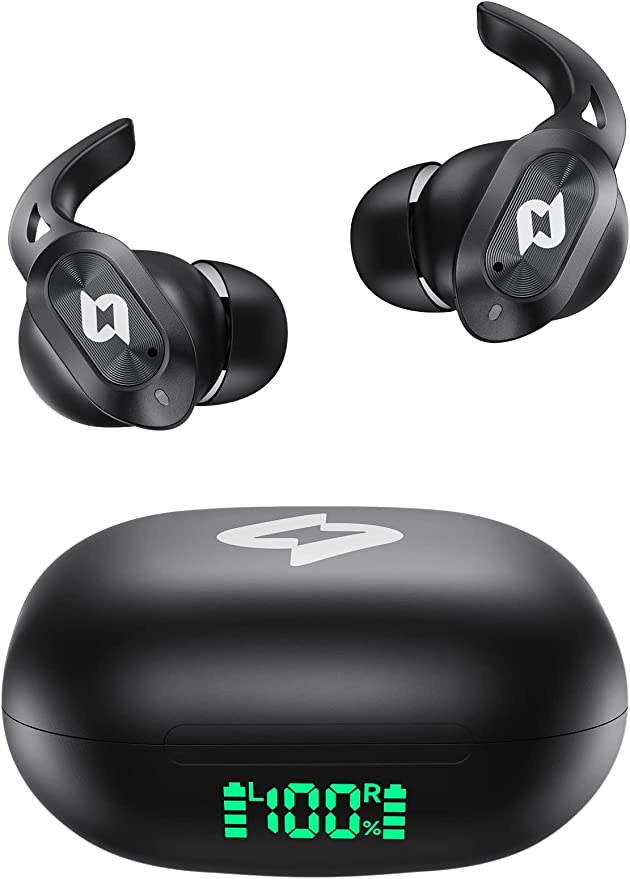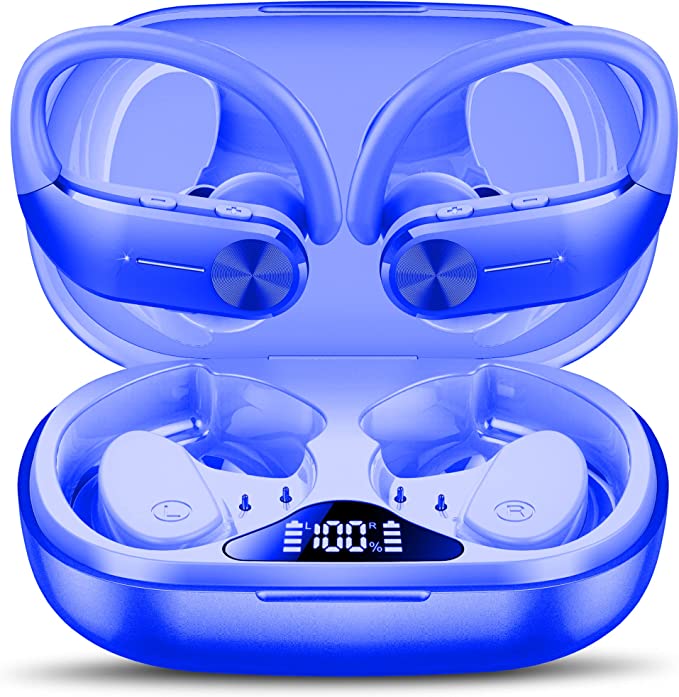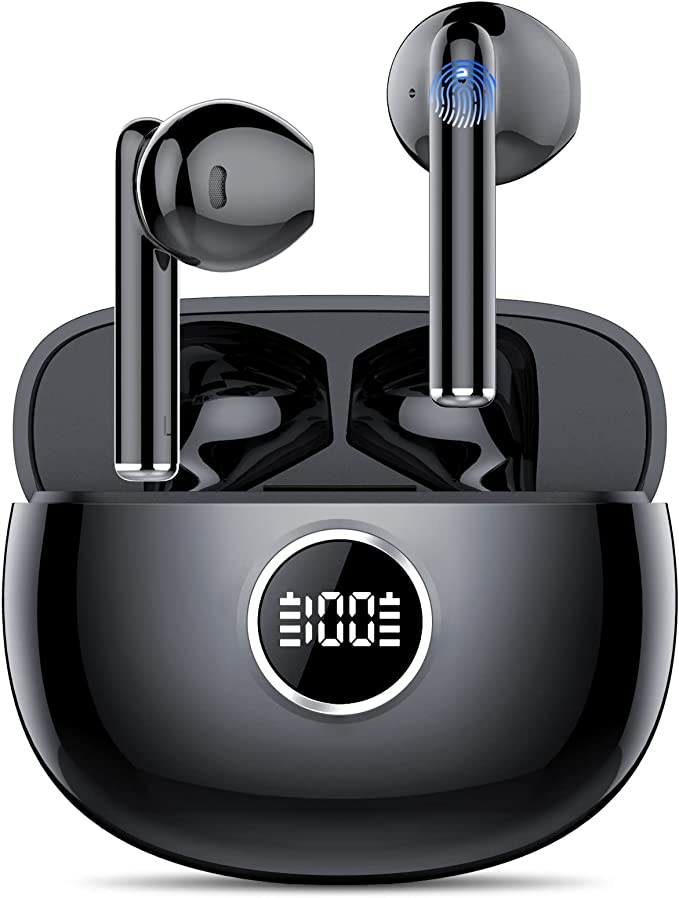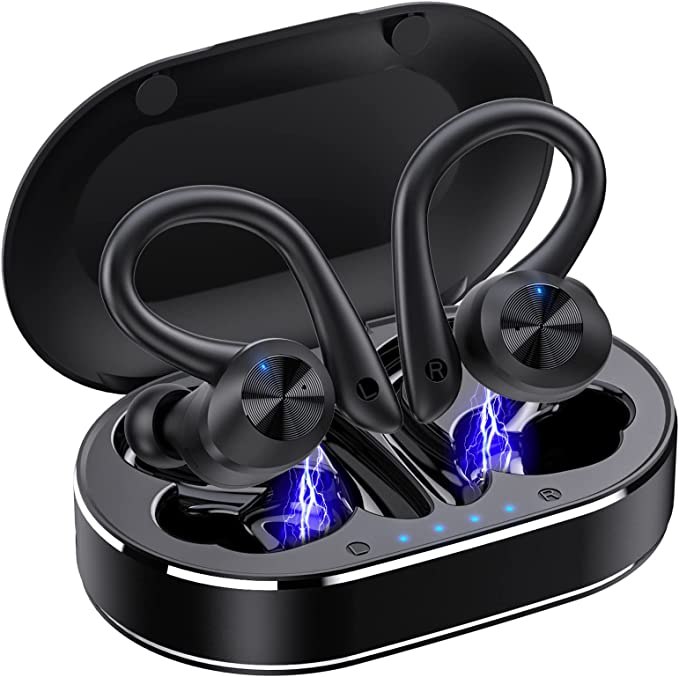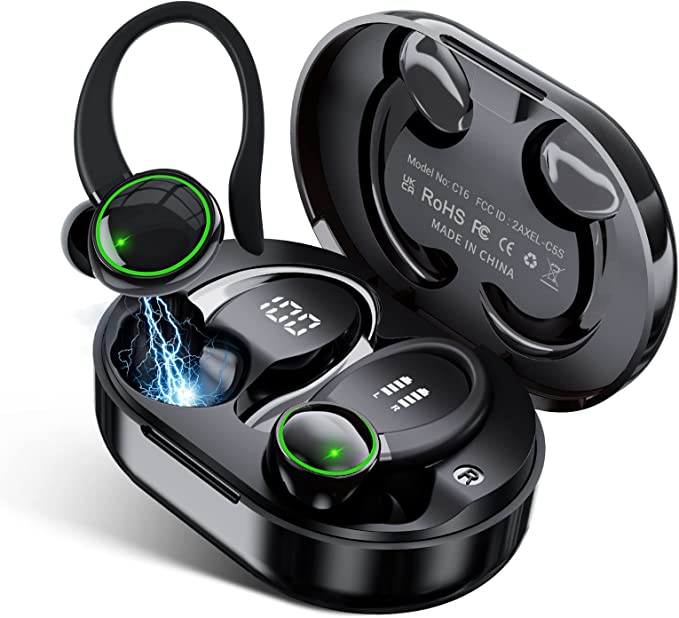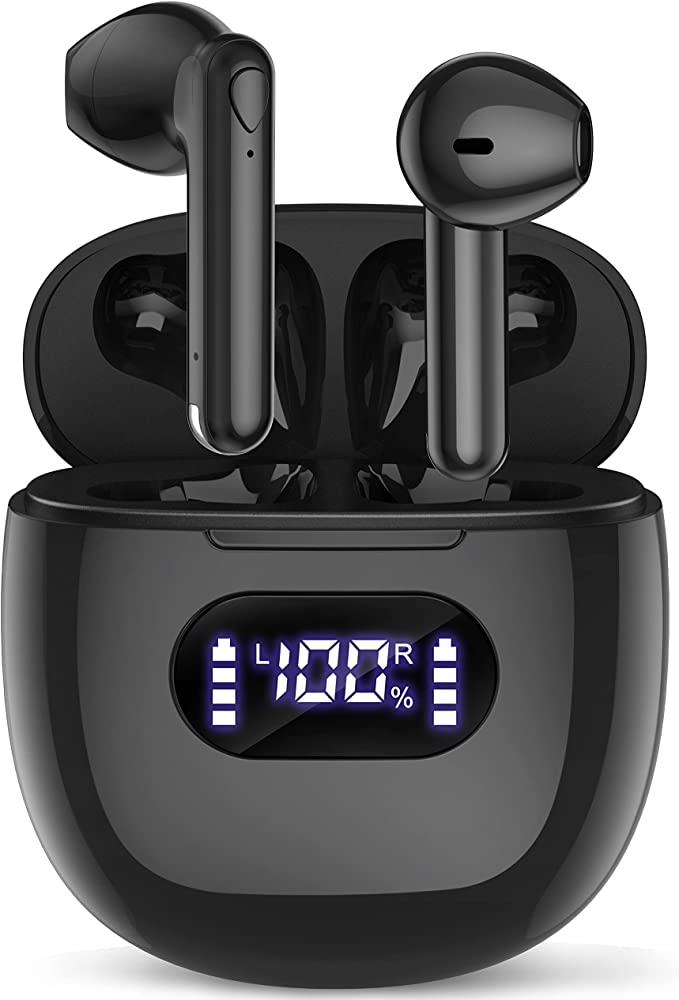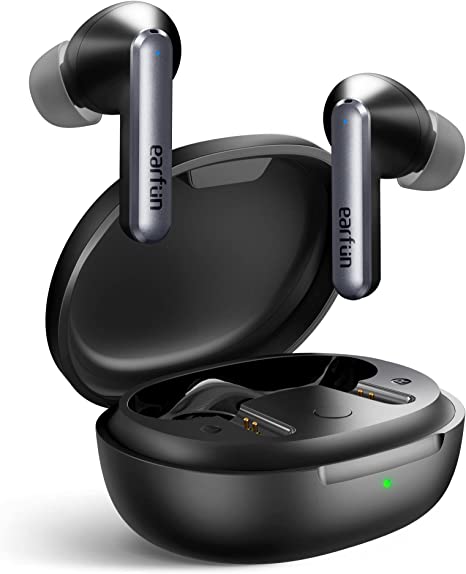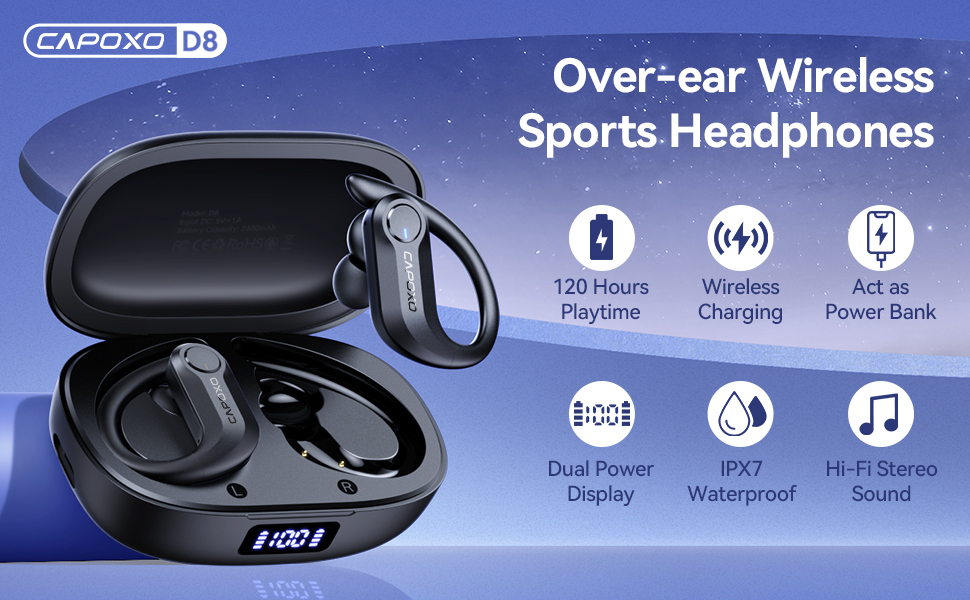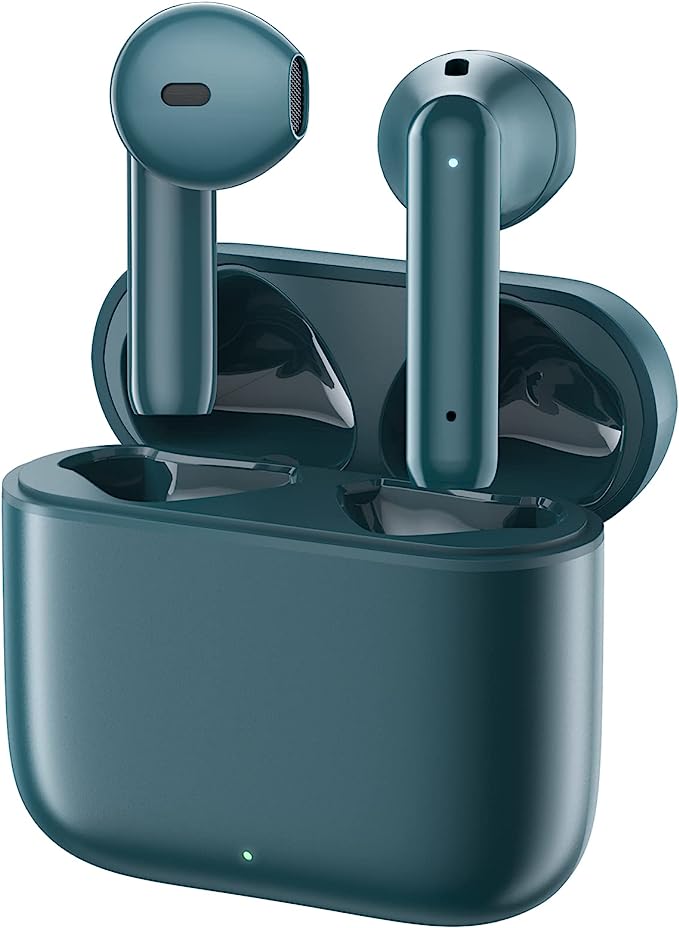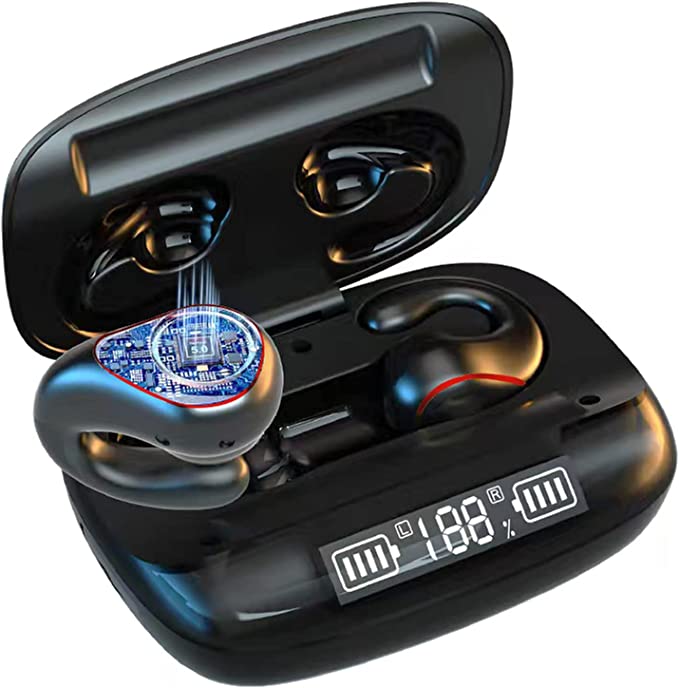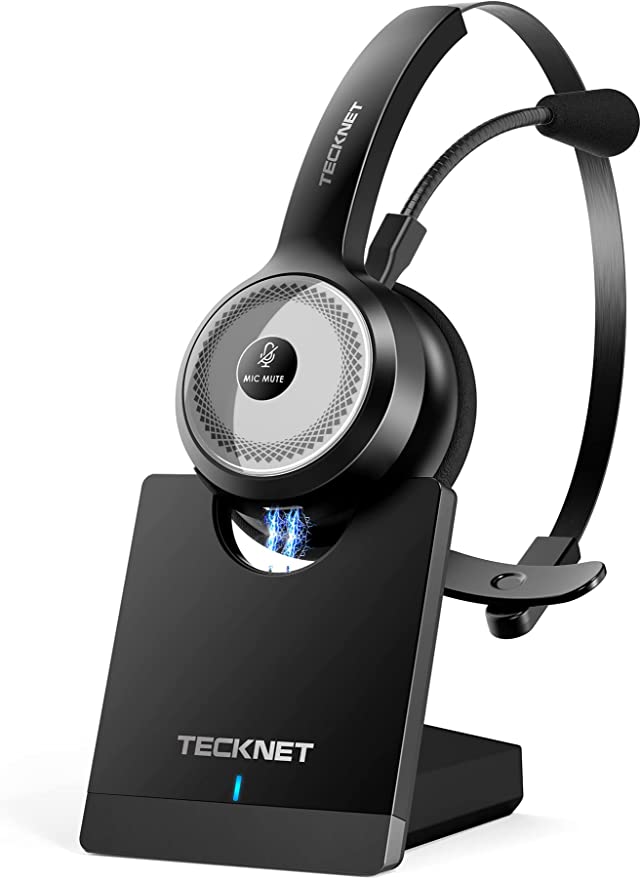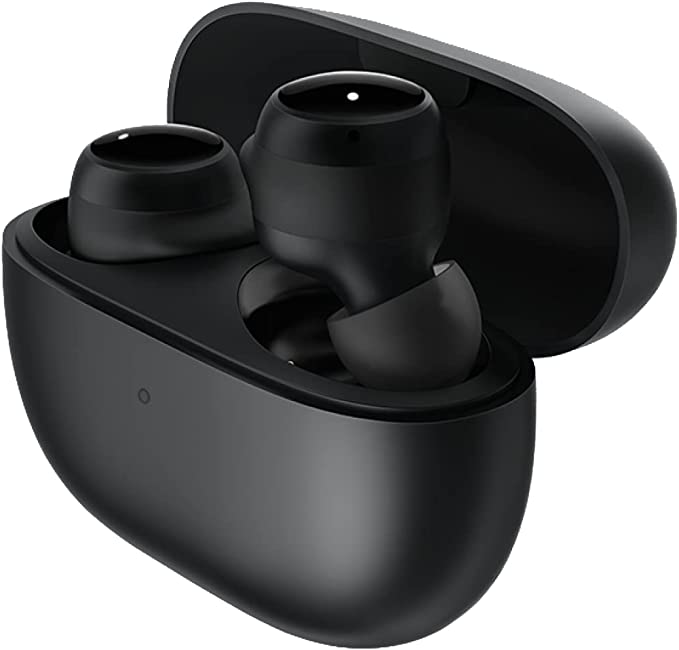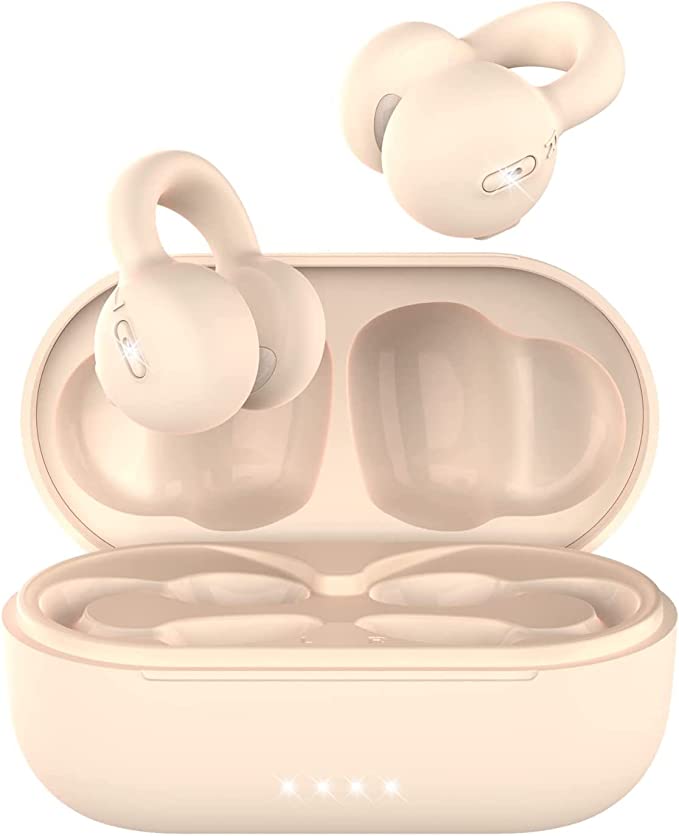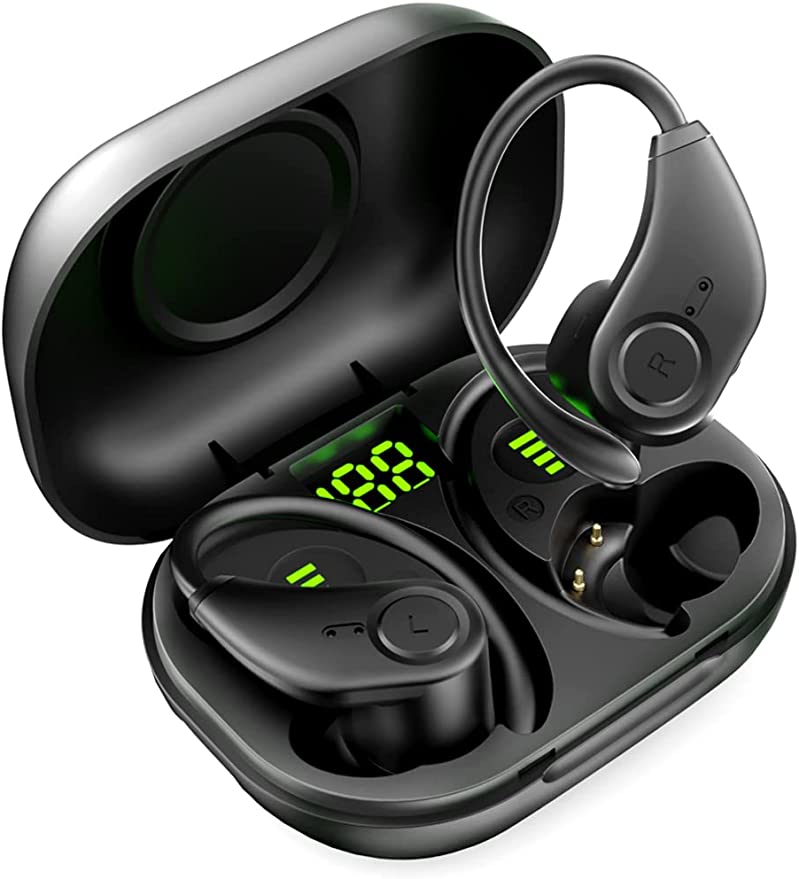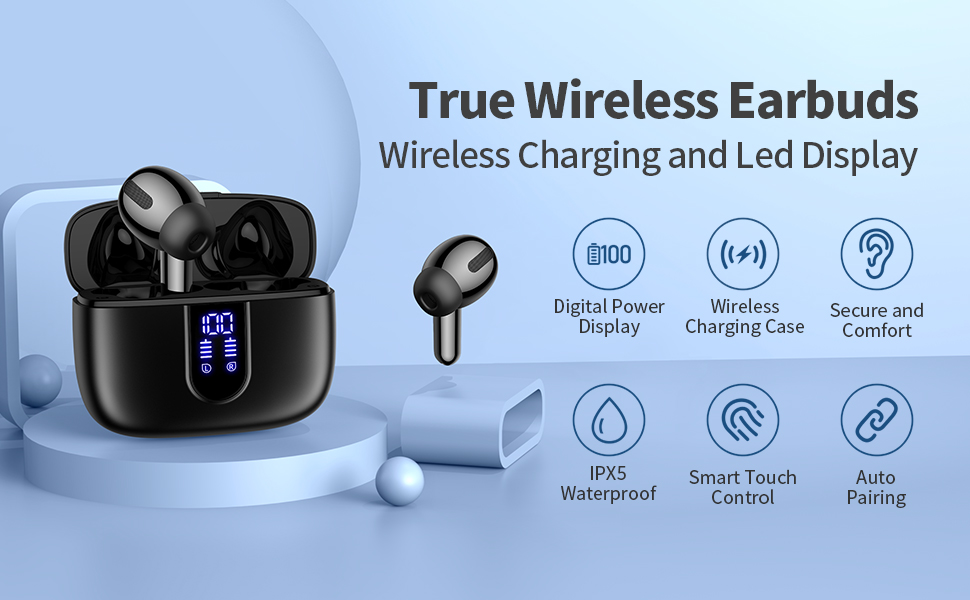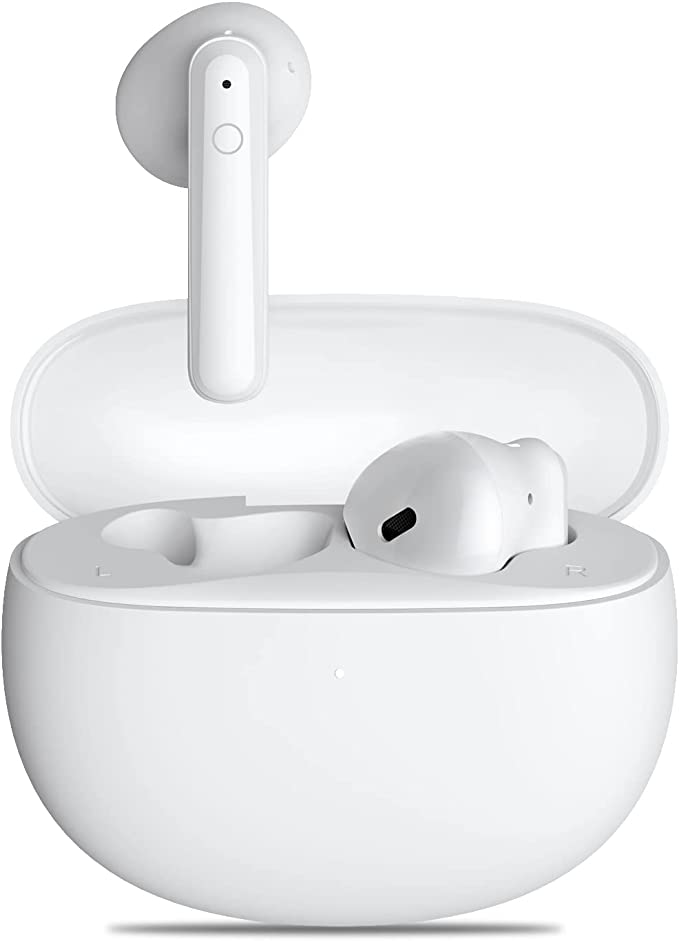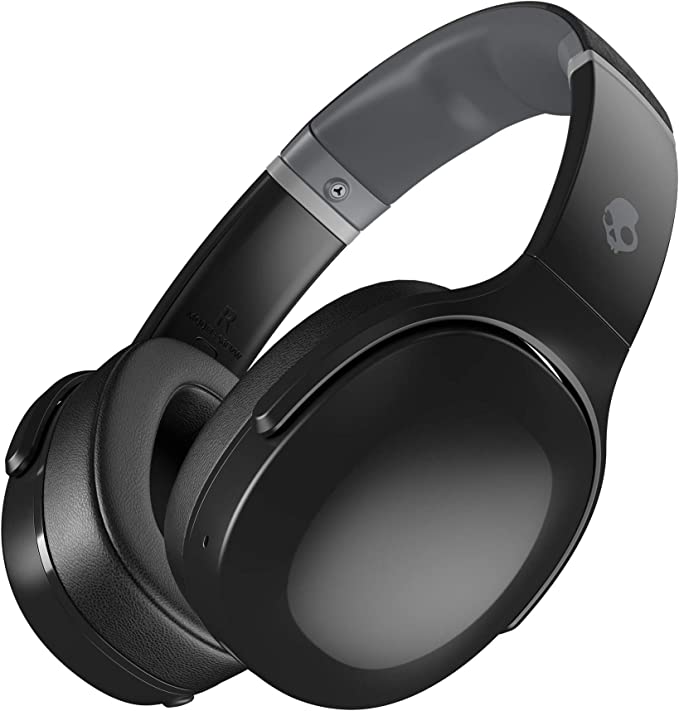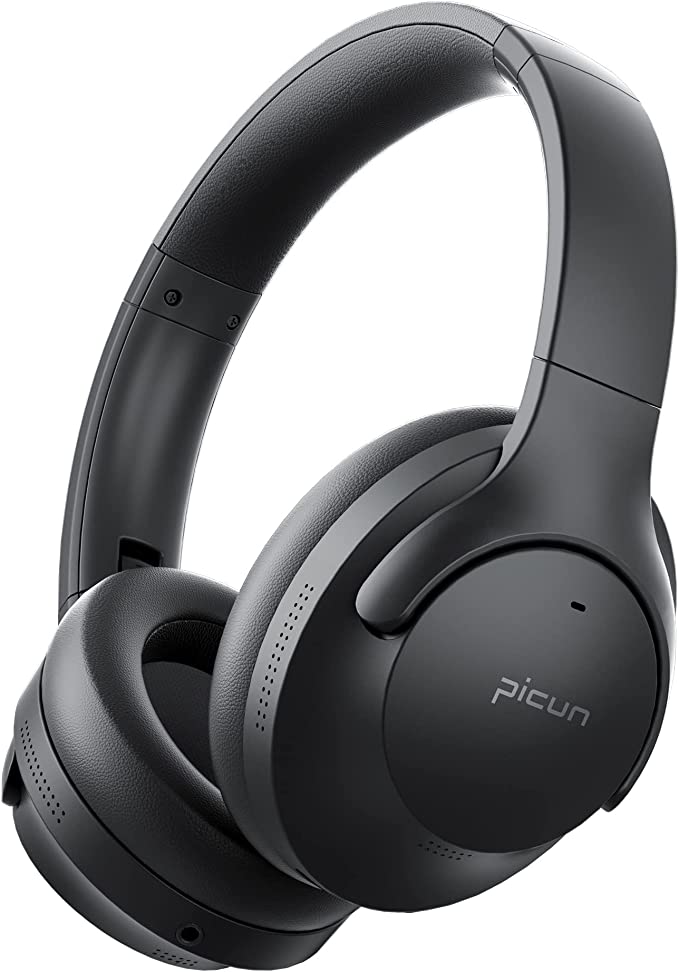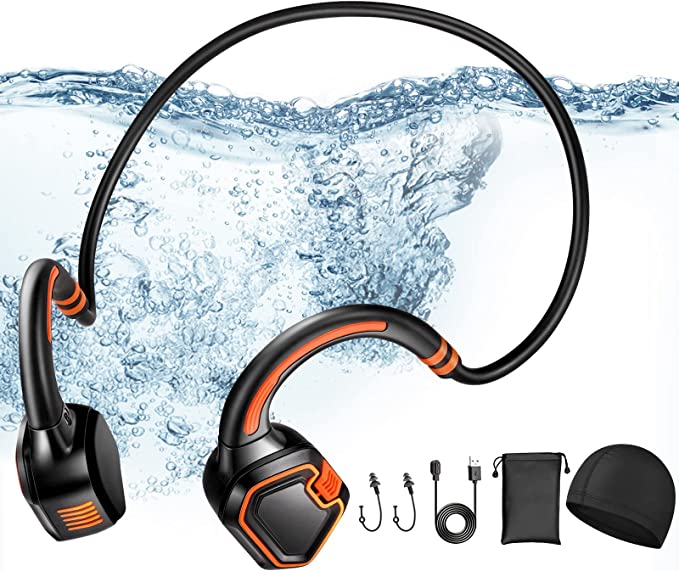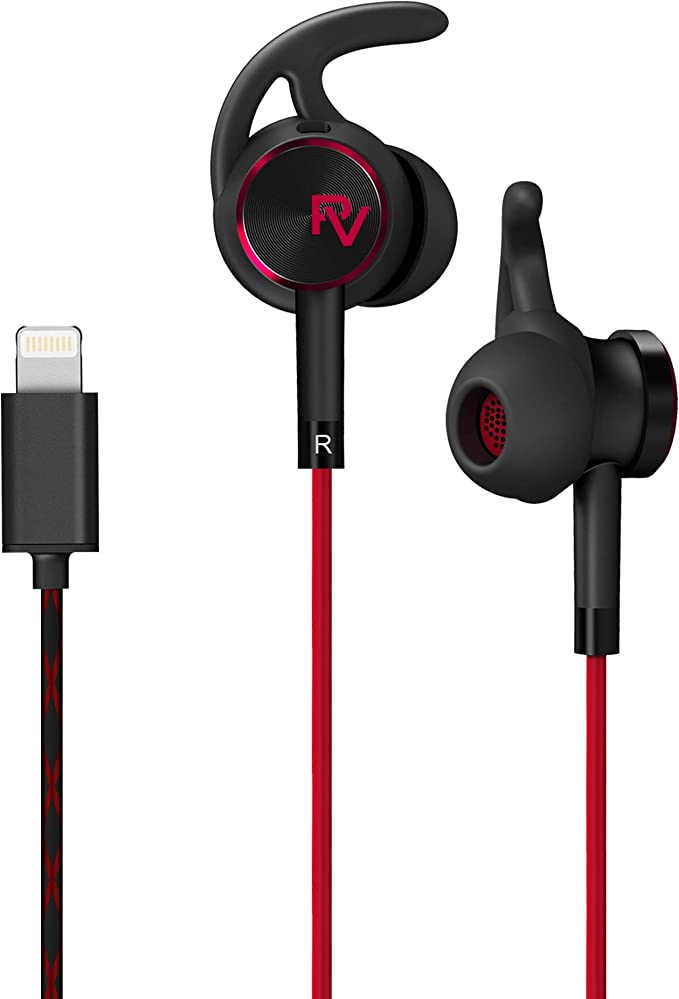Beyond the Buzzwords: A Deep Dive into Wireless Earbud Tech
Update on Oct. 29, 2025, 5:16 p.m.
Hello and welcome! If you’re diving into the world of wireless audio, you’ve probably noticed something: every product box is a storm of acronyms and numbers. Bluetooth 5.4, 13mm drivers, ENC, IP7… it feels like you need an engineering degree just to choose a pair of earbuds.
But what if I told you that understanding this technology is not only easy but also empowering?
Today, we’re going on a journey to demystify the science behind modern wireless audio. This isn’t a product review. Instead, we’ll use a specific device—the Cillso H97 Wireless Earbuds—as our case study, a practical example to explore the core technologies that power the seamless sound many of us now enjoy daily. Think of this as your personal masterclass. By the end, you’ll not only understand what these features do but, more importantly, what they mean for you.

The Unseen Handshake: Why Bluetooth 5.4 is Your Connection’s Bedrock
Let’s start with the most fundamental part of “wireless”: the connection itself. This is handled by Bluetooth, a technology that acts as an invisible bridge between your earbuds and your phone, tablet, or laptop.
The Cillso H97 model features Bluetooth 5.4. While version numbers might seem like minor updates, in wireless technology, they represent significant leaps. Think of it like the difference between a shaky rope bridge and a modern, multi-lane highway. Early Bluetooth versions were like that rope bridge—functional, but prone to dropping your connection if you moved too far or if there was interference.
Bluetooth 5.4 is part of the modern highway system. Its architecture is designed for three key improvements:
1. Stability: It creates a more robust, stable link that is far less susceptible to dropouts. This is crucial when you’re walking through a crowded area or have your phone in your pocket, environments where wireless signals can struggle.
2. Speed: It allows for faster data transmission. While this doesn’t directly translate to “better sound quality” on its own (that’s more about audio codecs), it ensures there’s enough bandwidth to handle high-quality audio streams without stuttering.
3. Efficiency: It’s designed to be a power-sipper. The connection requires less energy from both your earbuds and your source device, which is a key reason why battery life has improved so dramatically in recent years.
Furthermore, this modern standard enables features like Auto Pairing. The first time you connect the earbuds, you perform a “pairing ritual.” After that, the technology is smart enough to remember its partner. Simply opening the charging case, as with the H97, prompts the earbuds to instantly reconnect to the last device they spoke to. It’s a seamless digital handshake that eliminates the friction of navigating menus, turning a piece of tech into a fluid extension of your routine.
The Sound Engine: How 13mm Drivers Create Your Personal Concert
Once the connection is solid, it’s all about the sound. The specifications for the H97 mention 13mm dynamic drivers and “HiFi Stereo Sound.” Let’s translate that from marketing-speak into acoustic science.
“HiFi,” or High Fidelity, is a simple concept: the sound you hear should be as faithful as possible to the original recording. It’s about hearing the subtle details—the breath of a vocalist, the slide of a finger on a guitar string, the crisp snap of a snare drum.
The component responsible for creating this sound is the dynamic driver. Imagine a traditional loudspeaker, then shrink it down to fit inside your ear. That’s essentially what a dynamic driver is. It contains: * A magnet. * A voice coil (a thin wire). * A diaphragm (a cone-shaped membrane).
When an electrical audio signal is sent to the voice coil, it becomes an electromagnet that moves back and forth against the permanent magnet. This movement causes the attached diaphragm to vibrate. These vibrations create pressure waves in the air, and your brain interprets these waves as sound.
The size of the driver—13mm in this case—matters. A larger diaphragm can move more air. This is especially important for reproducing low-frequency sounds. Think of the difference between a small hand drum and a large bass drum. The larger surface of the bass drum produces a deeper, more resonant boom. Similarly, a 13mm driver is generally better equipped to deliver a full, rich bass that you can feel, without it sounding muddy or distorted.
However, a great driver needs a great diaphragm. The H97 specs mention a “three-layer composite diaphragm.” This is where material science comes in. A diaphragm needs to be incredibly light to react instantly to changes in the music (for clear highs), yet extremely rigid so it doesn’t warp or vibrate incorrectly (which causes distortion). By using a composite of different materials, engineers can achieve the best of both worlds—one layer for stiffness, another for lightness, and a third for damping unwanted vibrations. The result is a clean, balanced sound across the entire frequency spectrum.
The Art of Conversation: How Four Mics Make Your Voice the Star
Great earbuds aren’t just for listening; they’re for communicating. But how do you sound crystal-clear to someone on a call when you’re in a noisy coffee shop or a windy street?
This is the job of ENC (Environmental Noise Cancellation). The Cillso H97 is equipped with a four-microphone system for this purpose. It’s crucial to understand that ENC is different from ANC (Active Noise Cancellation). * ANC is for you. It creates a quiet bubble for your listening by canceling out external sounds. * ENC is for the person you’re calling. It makes sure your voice is transmitted clearly, free from background noise.
Here’s how a multi-mic ENC system works. Imagine you have two microphones on each earbud. One is positioned to primarily pick up your voice. The others are positioned to capture the ambient noise around you—the chatter, the traffic, the wind.
A sophisticated algorithm inside the earbud acts like a sound engineer. It constantly compares the signals from all four microphones. Because it knows which microphones are aimed at your mouth and which are aimed at the environment, it can intelligently subtract the unwanted background noise from the signal. This technique, often called beamforming, creates a narrow focus—or a “beam”—right on your voice, effectively isolating it from the surrounding chaos. The result is that the person on the other end of the line hears you, not your environment.

The Marathon Runner: Deconstructing 40 Hours of Playtime
Battery anxiety is real, but modern earbuds have made huge strides in endurance. The H97 claims up to 40 hours of total playtime. This number is achieved through a partnership between the earbuds and their charging case. * Earbuds: On a single charge, the earbuds themselves might offer around 8 hours of continuous listening. This is made possible by efficient components like the Bluetooth 5.4 chip and low-power Lithium-Polymer (Li-Po) batteries. * Charging Case: The case is essentially a dedicated power bank. It holds several full recharges for the earbuds. When you’re done listening, you place them back in the case, and they immediately start refueling.
The ecosystem is designed for a modern, on-the-go lifestyle. The case itself recharges via USB-C, the current industry standard known for its reversible connector and faster charging capabilities. A full charge for the case might take only 1.5 hours. To eliminate guesswork, many cases, including the H97’s, feature an LED digital display. This acts as a fuel gauge, showing you the exact battery percentage of the case and often the charge status of each individual earbud. It’s a small but critical feature that provides peace of mind, ensuring you’re never caught without power.
Your Everyday Armor: Understanding IP7 Waterproofing and Ergonomics
Life happens. You get caught in the rain on a run, you sweat during a workout, you might even accidentally splash water on your earbuds. This is where an IP rating becomes your invisible shield.
The Cillso H97 has an IP7 waterproof rating. Let’s break down the code: * IP stands for Ingress Protection. * The first number (missing here, so we call it ‘X’) rates protection against solids like dust. * The second number, 7, rates protection against liquids.
A rating of ‘7’ is very high. It means the device is protected against temporary immersion in water up to 1 meter deep for 30 minutes. While you shouldn’t go swimming with them, it provides complete assurance against sweat, rain, and accidental splashes. This is achieved through meticulous sealing and a nano-coating applied to the internal electronics—a microscopic, water-repellent layer that acts like a raincoat for the delicate circuitry.
Beyond durability, there’s comfort. An earbud’s effectiveness is irrelevant if it’s painful to wear. The design of the H97 is described as ergonomic and lightweight (each bud weighing just 3.5 grams). This isn’t an accident. Engineers study the shape of the human ear to create a form that fits snugly and securely without applying pressure. A good fit is essential not only for long-term comfort but also for passive noise isolation (blocking sound physically) and ensuring they stay put when you’re active.
The Final Piece: Technology as an Extension of You
From the invisible stability of Bluetooth 5.4 to the tangible punch of a 13mm driver, every feature in a modern wireless earbud is a solution to a human need. It’s about clear communication, immersive sound, all-day power, and durable comfort.
Even a feature like Smart Touch Control replaces a clunky physical button with a capacitive sensor that responds to a gentle tap, making interaction fluid and intuitive. And a detail like the Carbonfree Certification shows a growing awareness of the environmental footprint of our gadgets, where companies measure, reduce, and offset the carbon emissions from a product’s lifecycle.
The Cillso H97 serves as an excellent example of how all these complex technologies converge into a single, accessible device. The true marvel isn’t just one of these features, but how they all work together in harmony.
Now, as you continue your audio journey, you’re equipped with more than just product names. You have the knowledge to look at any spec sheet and understand the science behind the sound. You can discern the difference between a marketing buzzword and a genuine technological advantage. You are no longer just a consumer; you are an informed listener.
